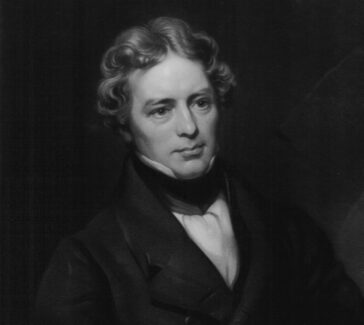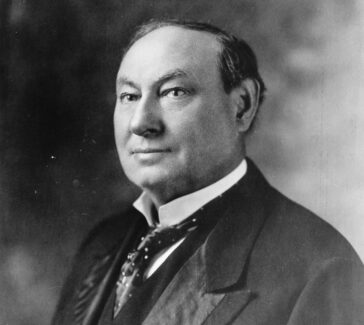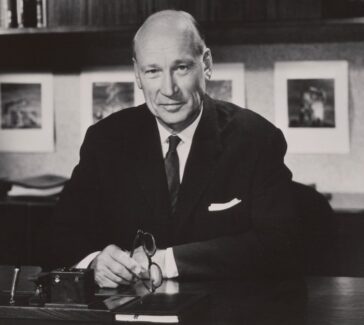Paul Charpentier, Henri-Marie Laborit, Simone Courvoisier, Jean Delay, and Pierre Deniker
In the search for medications for mental illness Charpentier, Laborit, Courvoisier, Delay, and Deniker each contributed to the development of chlorpromazine, a pioneer antipsychotic drug.
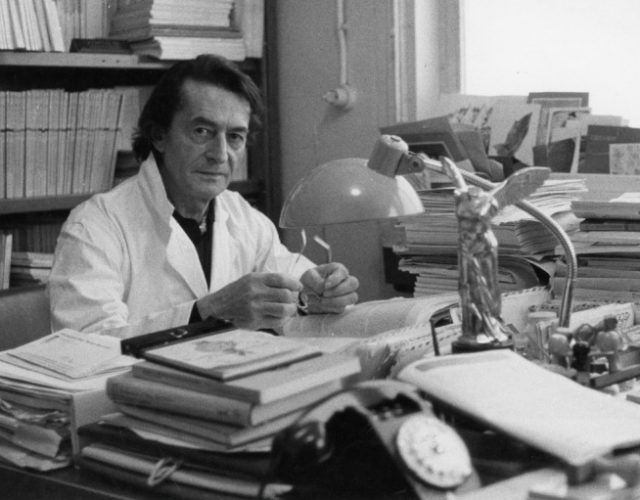
Chlorpromazine helped change the face of serious mental illness. First marketed in France in 1952, and then in the United States as Thorazine in 1954, it calmed agitated mental patients and permitted them to carry on relatively normal mental functioning, often enabling life outside the confines of mental institutions.
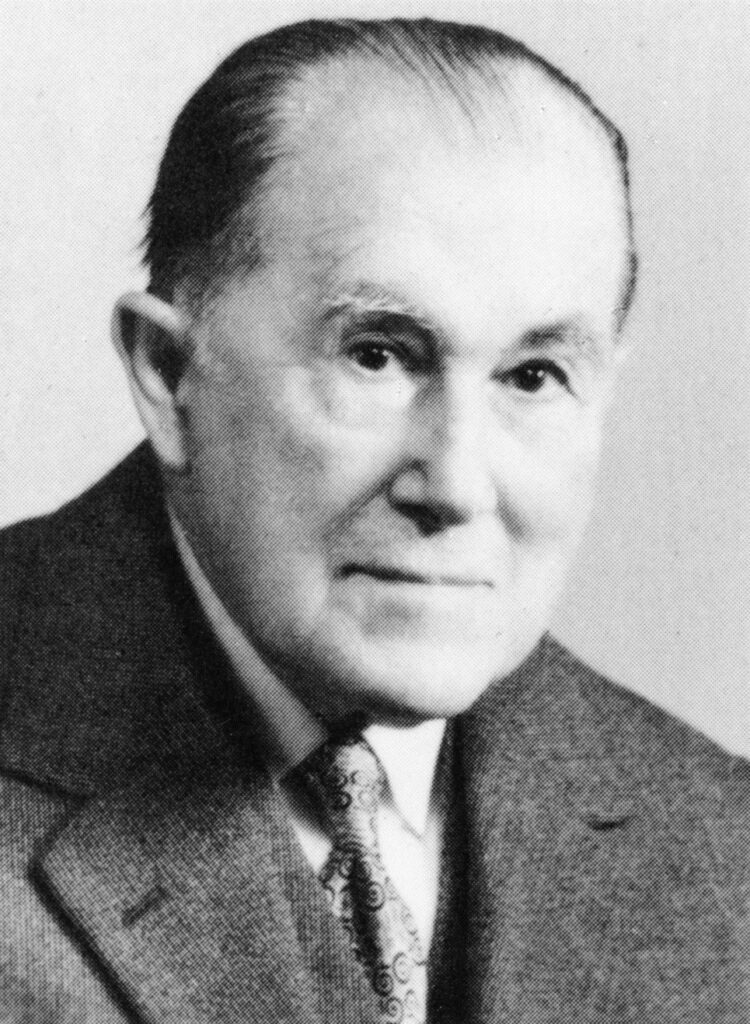
Though the mechanisms were not fully understood at the time, chlorpromazine and other early antipsychotics worked by interacting with the brain’s chemistry to restore chemical imbalances. These drugs were soon used as probes to develop a better understanding of the biochemistry of the central nervous system so that subsequent drugs for treating mental illness, such as Prozac, could be more rationally designed. (For more on rational drug design see George Hitchings and Gertrude Elion.)
Charpentier and Promethazine
The story of chlorpromazine begins in 1937 when Daniel Bovet and a colleague at the Pasteur Institute in Paris created the first synthetic antihistamine. Though too toxic to be used as a drug to alleviate allergic symptoms, it was a major pharmaceutical breakthrough.
Subsequently, the pharmaceuticals division of the French company Rhône Poulenc (later Sanofi-Aventis) began cooperating with scientists at the Pasteur Institute on developing new antihistamines.
One research group at Rhône Poulenc, headed by the chemist Paul Charpentier (n.d.), was trying to create an improved antihistamine loosely modeled on diphenhydramine, which was already known and is today the active ingredient in such drugs as Benadryl, Dramamine, and Sominex.
Laborit and Artificial Hibernation
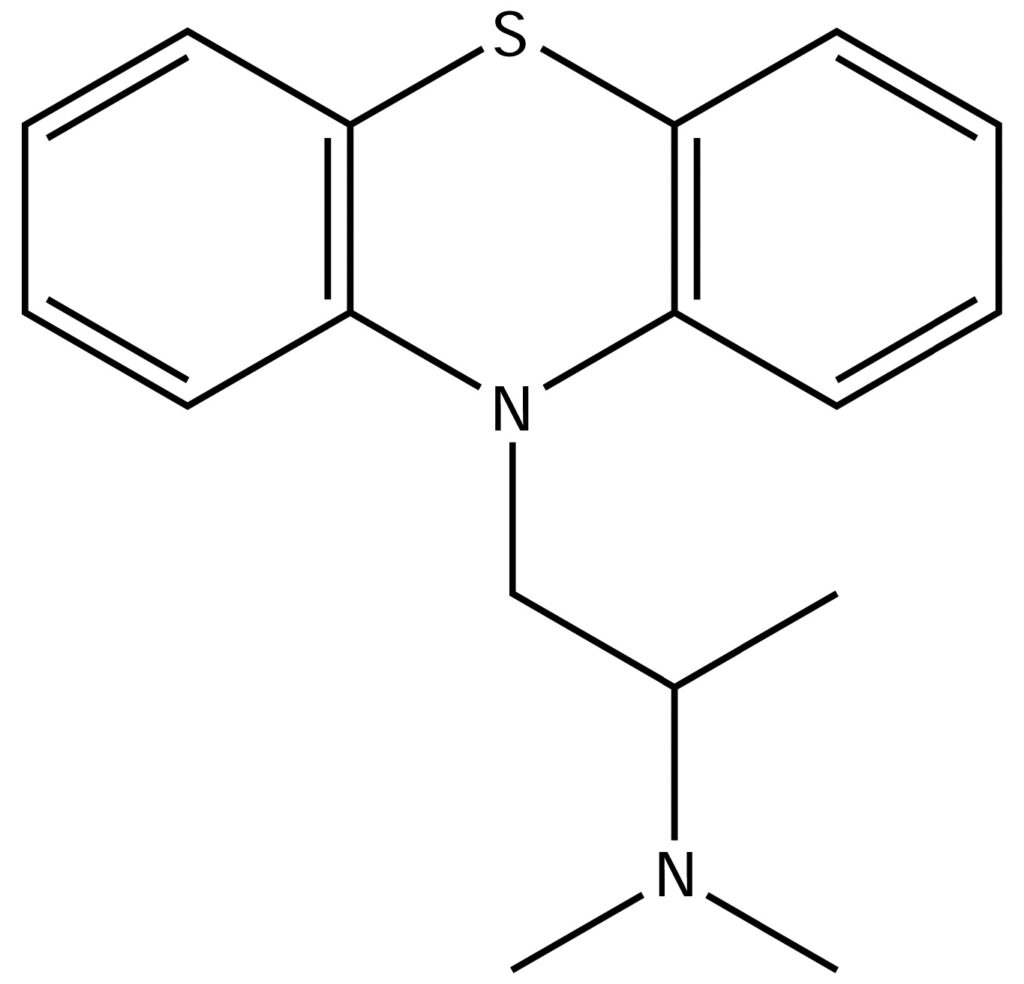
Meanwhile, samples of promethazine were sent to Henri-Marie Laborit (1914–1995), a surgeon in the French navy who was then stationed in Morocco and who was looking for an agent to add to the cocktail of drugs that he administered to patients before anesthesia. Laborit was born in Hanoi, then in the French colony of Indochina (now Vietnam), and educated at Carnot University in Paris and at the Naval Health Service in Bordeaux.
He had seen service on board ship in the Mediterranean and in North Africa during World War II and after. He was particularly interested in creating a kind of artificial hibernation, which included lowering the body’s temperature, to lessen the danger of shock during and after surgical operations. Indeed Laborit reported promising results from promethazine in this area.
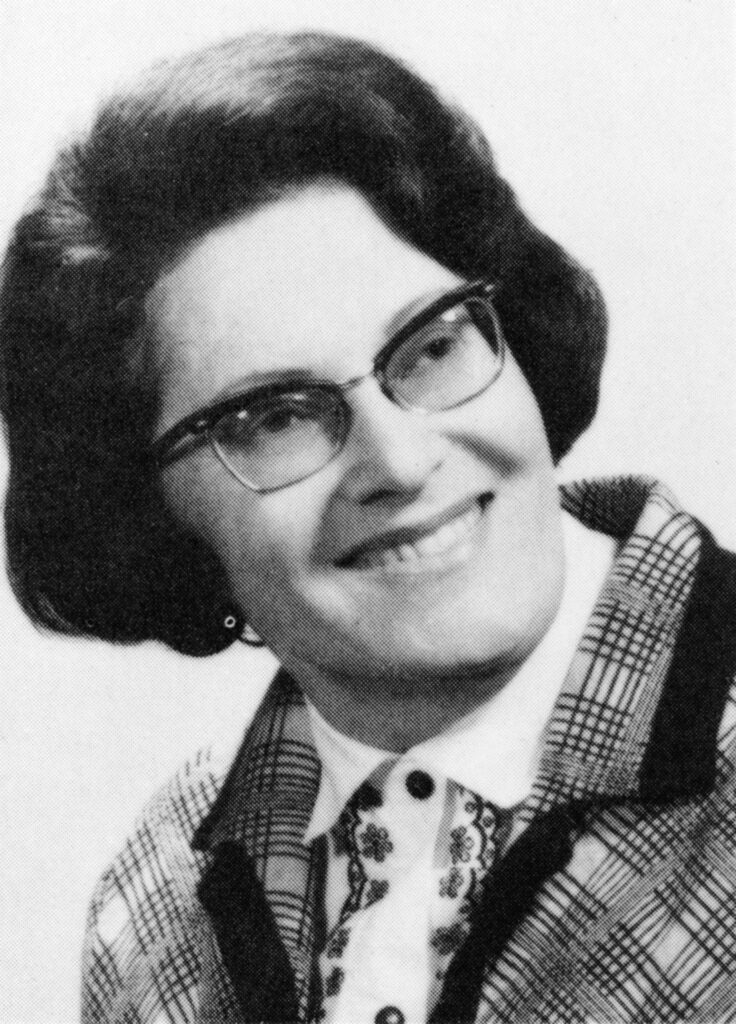
Courvoisier Steps In
Among the variations on the molecule that Charpentier tried was one that introduced a chlorine atom into one of the rings of promethazine, thus forming chlorpromazine. In December 1950 he sent a sample of this material to Simone Courvoisier (n.d.), the head of pharmacology at Rhône Poulenc. In one of the tests rats that had been conditioned to climb a rope at the sound of a bell ignored the bell after treatment with chlorpromazine. Limited clinical trials were also conducted.
Six months later Laborit was also sent samples, which he immediately tested on patients undergoing surgery. In the report that he and his colleagues published in February 1952, they noted that, when the drug was used in situations not related to surgery, it caused a strangely “disinterested” state in patients.”
Delay and Deniker: Psychiatric Trials
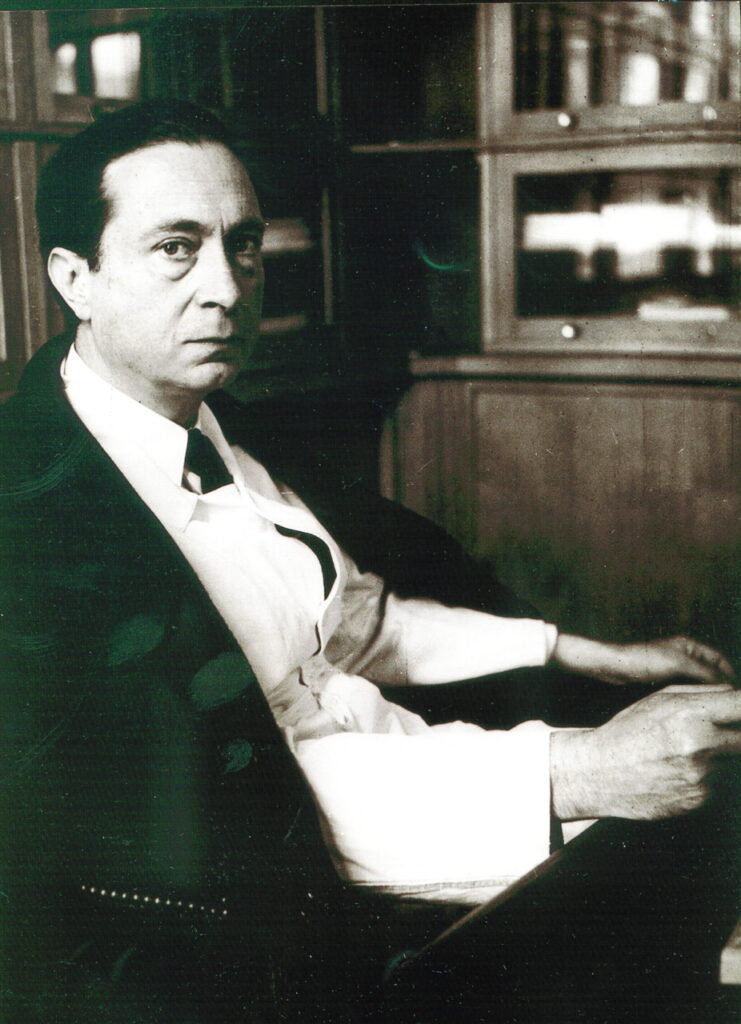
Recognizing that something of critical interest to psychiatry was in the offing, Jean Delay (1907–1987) and Pierre Deniker (1917–1998), psychiatrists at the Sainte-Anne mental hospital in Paris, asked Rhône Poulenc to send samples. Delay, the son of a surgeon practicing in Bayonne, France, was a broadly educated individual, having earned degrees in medicine, literature, and philosophy from the Sorbonne in Paris.
At the time of these clinical trials he also held a clinical chair in mental disease at the Sorbonne. He had already published influential works in psychiatry as well as several novels. Shortly afterward he wrote a critically acclaimed psychobiography of the contemporary French writer André Gide, who had become his friend; this biography was later translated into English and published in the United States.
In this same period, among his many other honors, he was elected to the French Academy. A Parisian by birth, Deniker received his MD from the Faculty of Medicine (Paris) and was also serving on its faculty when the chlorpromazine trials were in progress.
Patients at Sainte-Anne’s were given the drug by itself, not in a mixture, and in successive doses. Delay and Deniker gave a glowing report of the drug’s powers, including its effectiveness in subduing the hallucinations and delusions of psychotic patients. “The psychological reaction to the drug is the apparent emotional detachment of the patients, as well as their slower reaction to external stimuli, the reduction of initiative and anxiety without loss of alertness or intellectual functioning.”
Shortly after, in December 1952, Rhône Poulenc introduced chlorpromazine to the French medical community as Largactil (large activity) for a wide variety of purposes, including applications in surgery and psychiatry as well as to counteract pain, morphine addiction, nausea and vomiting, and convulsions.
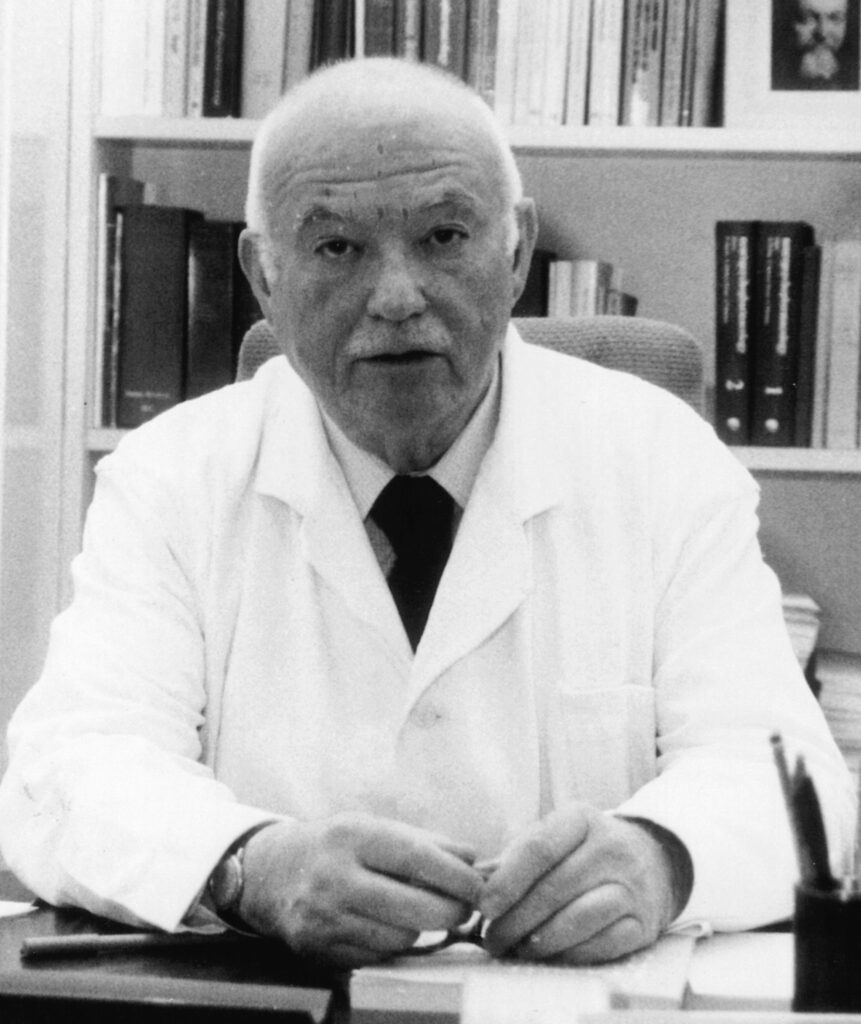
Thorazine Hits the Market
Meanwhile, Smith, Kline and French, a Philadelphia-based pharmaceutical company (now GlaxoSmithKline), was seeking a cooperative venture with some European pharmaceutical company. In early 1952 Rhône Poulenc, which had previously been diffident to overtures from Smith, Kline and French, suddenly displayed great interest in cooperating, because they were just in the process of developing chlorpromazine and hoped to license it in the U.S. market.
Smith, Kline and French researchers set to work putting the drug through animal testing and clinical trials that involved some 2,000 doctors and their patients in the United States and Canada
Once the U.S. Food and Drug Administration approved chlorpromazine in 1954 for use in psychiatry and to inhibit nausea and vomiting, Smith, Kline and French began marketing the drug as Thorazine. Within eight months of its appearance on the market it had been administered to over 2 million patients.
Impact on Mental Illness
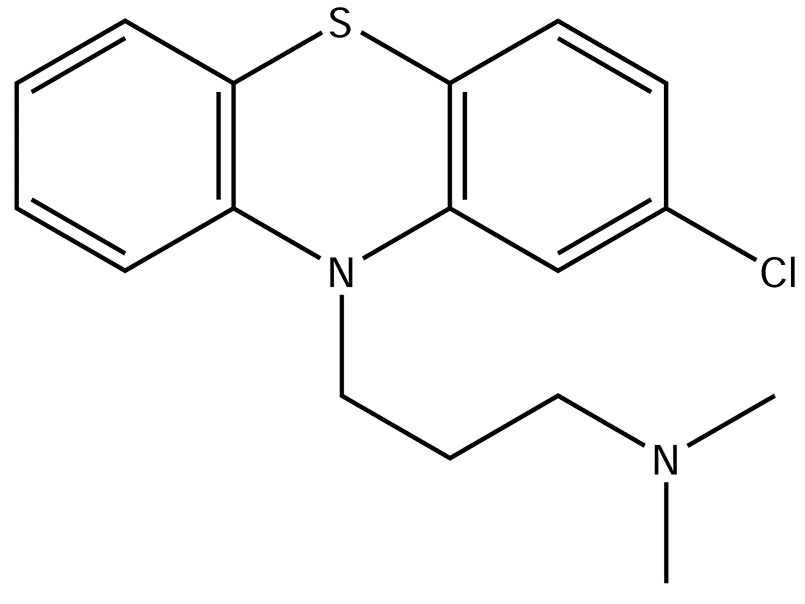
With the advent of early antipsychotic medications such as Thorazine, the number of patients in U.S. mental institutions dropped dramatically: from a high of 559,000 inpatients in 1955 to 452,000 just a decade later. Another important social consequence was the growing acceptance of the view that mental illness is as much a biochemical phenomenon as it is a social and cultural one.
There were, to be sure, drawbacks to the drugs’ administration—not least, the potential after long-term use of developing tardive dyskinesia, or distorted involuntary movements (still a problem with today’s antipsychotics). On balance, though, the relief of psychotic symptoms was extraordinary. And in terms of scientific progress Thorazine proved to be a bonanza, opening up research into the interaction of brain chemicals and drugs.

